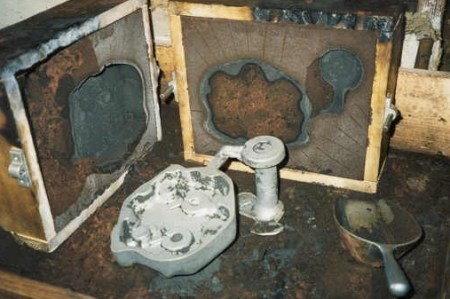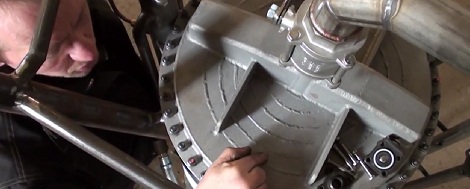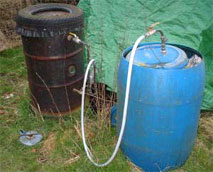
Sand casting has been around since, well, since a really really long time ago. For thousands of years, people have been pouring molten metal into finely crafted sand casts, and there’s really no reason that someone can’t do the same thing in their garage or workshop today. This article covers the process of sand casting new case parts for antique Indian motorcycles. In this instance, the parts were not only very difficult to find, the author also wanted to modify the design completely.
Though there are a few terms that pop up with which we’re unfamiliar, the process seems pretty straightforward. You build a model of what you want, you create the sand cast from the model, you fill the cast with molten metal. Done. In some cases, depending on the level of precision needed, you may need some machining done afterward. However, in many cases things don’t have to be quite so exact.
[via Matthew Van Arsdale]

















